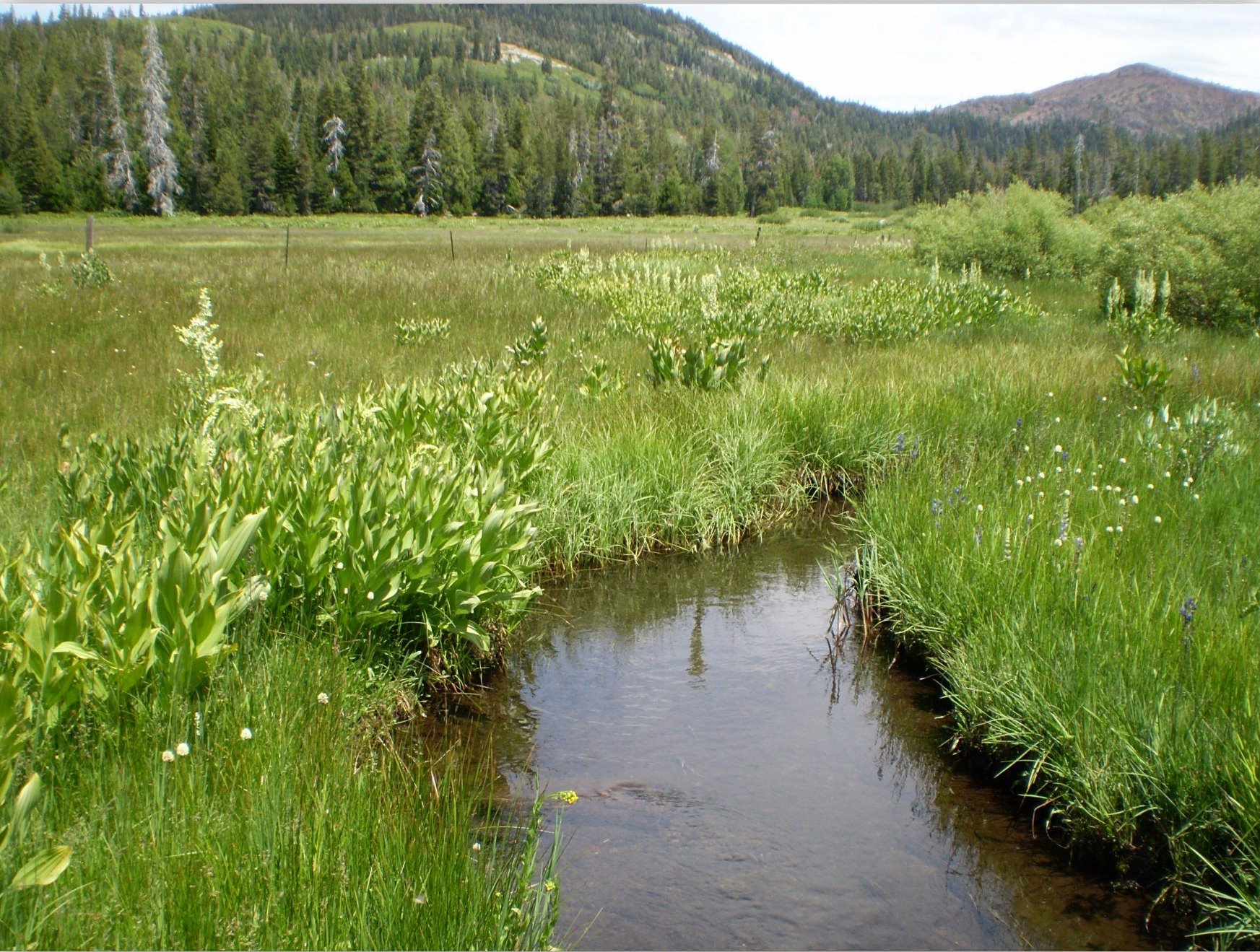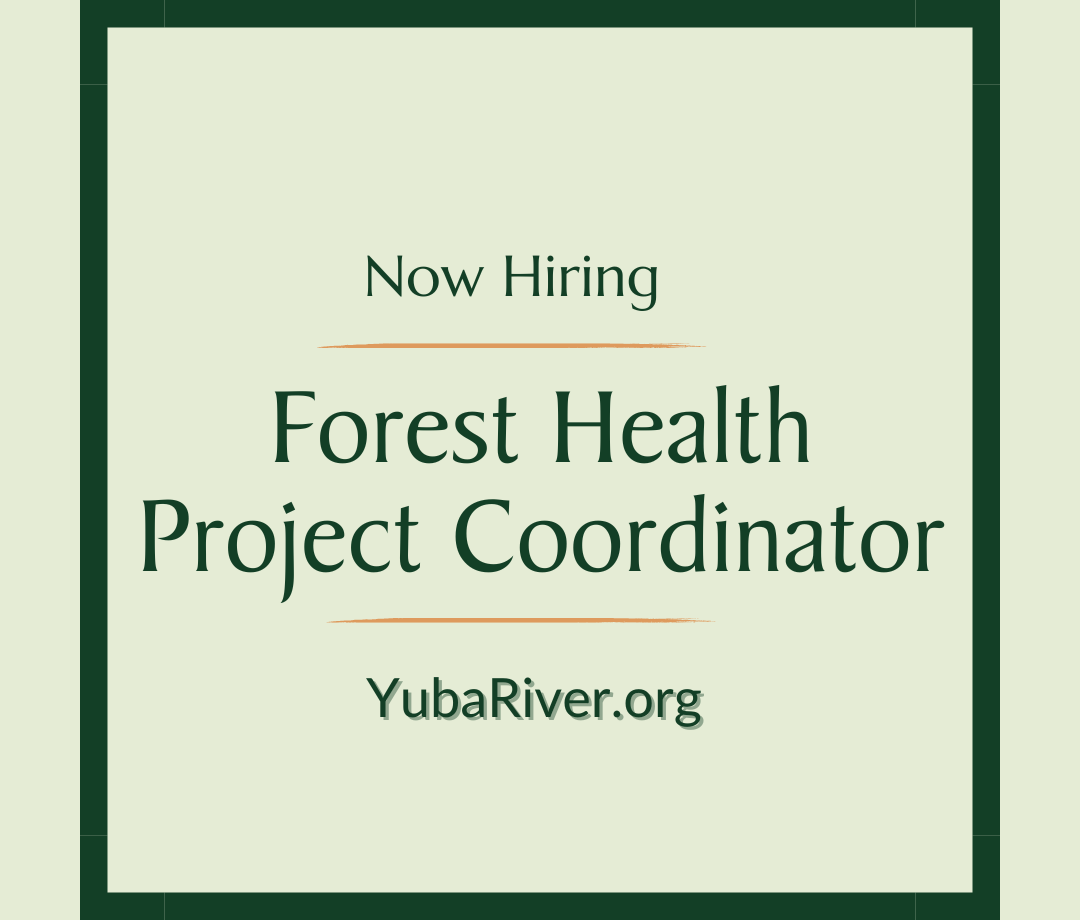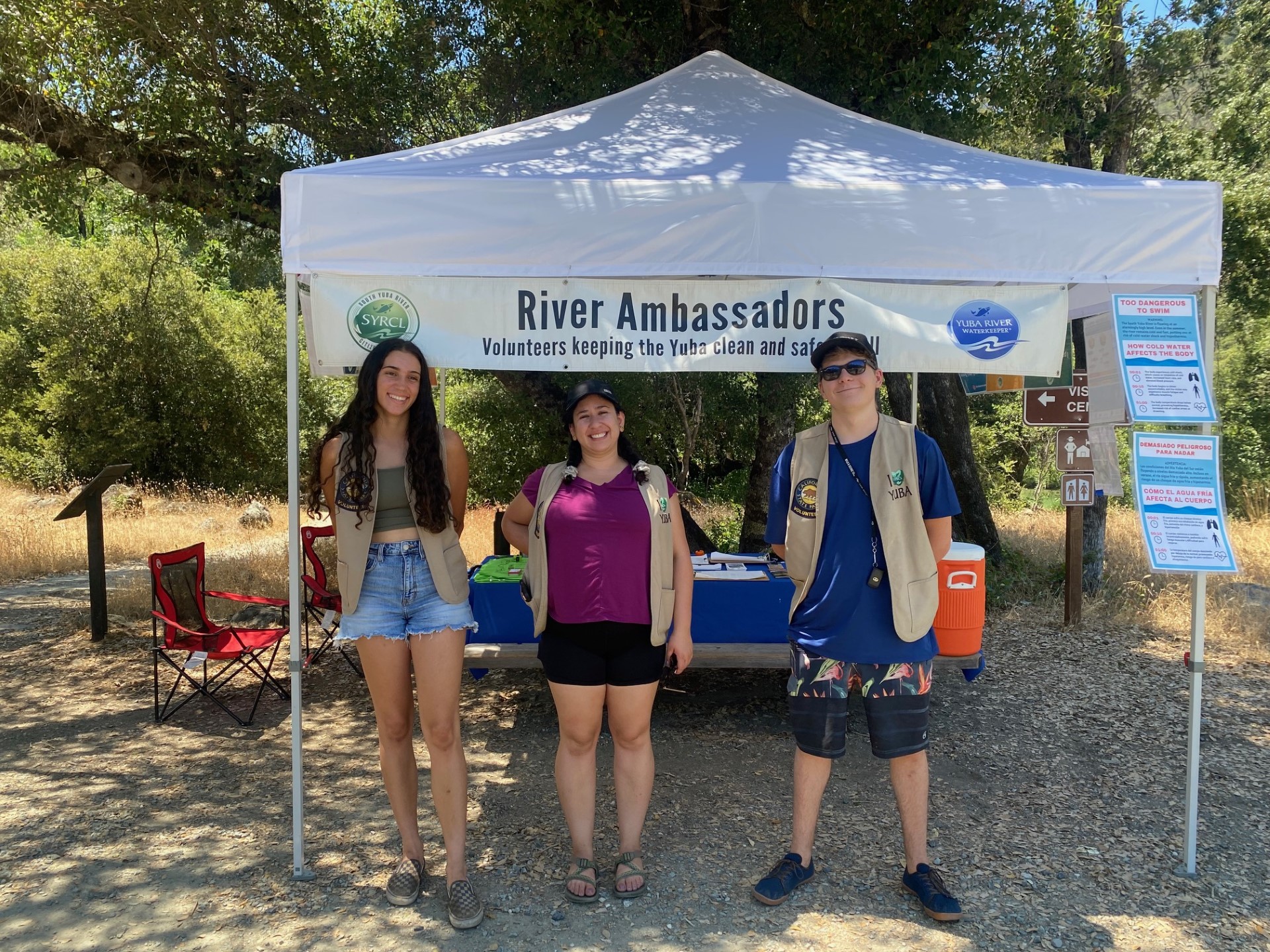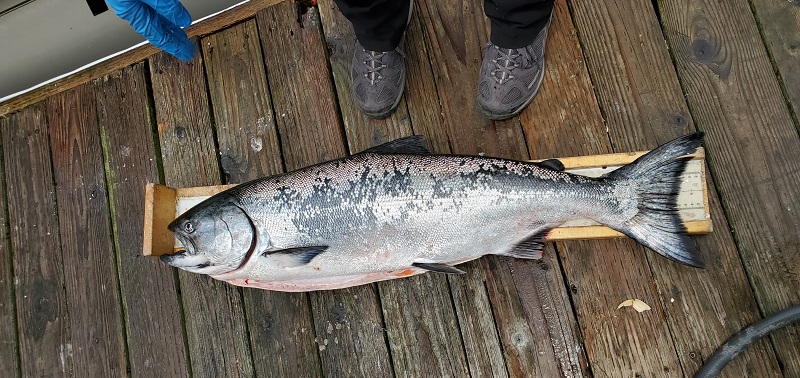SYRCL Receives Funding for Meadow Restoration in the Yuba Watershed
CDFW to provide $567K to study carbon sequestration and greenhouse gas benefits of mountain meadow restoration in Yuba watershed

Nevada City, CA – The California Department of Fish and Wildlife (CDFW) yesterday announced the selection of 12 projects that will receive grant funding to restore wetlands that sequester greenhouse gases and provide other ecological benefits. One of the funded projects, led by the South Yuba River Citizens League (SYRCL) in partnership with the Tahoe National Forest (TNF), will restore two degraded mountain meadows in the Yuba River watershed. SYRCL will also monitor changes in carbon sequestration and greenhouse gas emissions at these and three other meadows in the TNF.
“Restoring mountain meadows will increase our regional capacity to store and utilize snowmelt and rainwater,” says SYRCL’s River Science Director, Rachel Hutchinson. “Meadows are unique ecosystems that act as natural groundwater storage basins, slowly releasing water in the summer and fall months when we need it the most, which is especially important during the drought. This project will also contribute critical data to a statewide effort to understand how restoring meadows can sequester carbon and reduce greenhouse gas emissions.”
Grant funds, totaling $567,480, will be used over a five-year period to restore Deer Meadow, in the Grouse Lakes area, and Bear Trap Meadow, located in Sierra County in the headwaters of Chapman Creek, a tributary of the North Yuba River. Carbon sequestration and greenhouse gas emissions will be measured in these meadows, and also in Loney Meadow, before and after restoration. The restoration of Loney Meadow will be funded by a grant from the National Fish and Wildlife Foundation, which SYRCL received in 2013. To help understand the impacts of restoration, monitoring will also be conducted at nearby unrestored meadows – Upper Loney Meadow and Lower Deer Meadow (Grouse Lakes area), and Freeman Meadow (Sierra County). A total of seven mountain meadows will be monitored as part of the project.
“Restoring the health of the Tahoe National Forest’s Sierra Nevada ecosystem takes landscape-level efforts that can only be accomplished through strong, multi-entity partnerships,” said Tom Quinn, Tahoe National Forest Supervisor. “This project with our local partner SYRCL will restore meadows on the Forest, helping these crucial ecosystems to continue providing important wildlife habitat and water quality.”
The project is part of a collaborative effort among many Sierra Nevada agencies and organizations to develop an accredited method for measuring the carbon sequestration and greenhouse gas emission benefits of meadow restoration. Carbon sequestration is the long-term storage of carbon dioxide or other forms of carbon which mitigates the effects of climate change. Greenhouse gas emissions, specifically of carbon dioxide, nitrous oxide, and methane, are thought to decrease when wet meadows are in functional health. In addition to TNF and SYRCL, the Sierra Meadow Restoration Research Partnership (SMRRP) includes California Trout, the Plumas Corporation, the Truckee River Watershed Council, the University of Nevada at Reno, California State University Chico, and the University of California at Merced and Davis. Data from SMRRP partners will be combined to compare the results of meadow restoration projects across the Sierra Nevada.
CDFW has approved $21 million in funding for wetland and mountain meadow restoration projects throughout the State, totaling approximately 2,500 acres. The grant program is part of California’s response to long-term climate change and is CDFW’s first distribution of funds from the State’s cap-and-trade program, a market based regulation designed to reduce greenhouse gas emissions from multiple sources. Restoration of these wetland habitats will benefit fish and wildlife, provide water storage and supply, and increase rates of carbon sequestration in California’s wild lands.
For CDFW’s press release about the grant awards, visit here: cdfgnews.wordpress.com/2015/04/30/cdfw-awards-21-million-in-grants-for-greenhouse-gas-reduction-projects/
More information about the CDFW program can be found at: www.wildlife.ca.gov/Conservation/Wetlands-Restoration
Did you enjoy this post?
Get new SYRCL articles delivered to your inbox by subscribing to our ENews.




